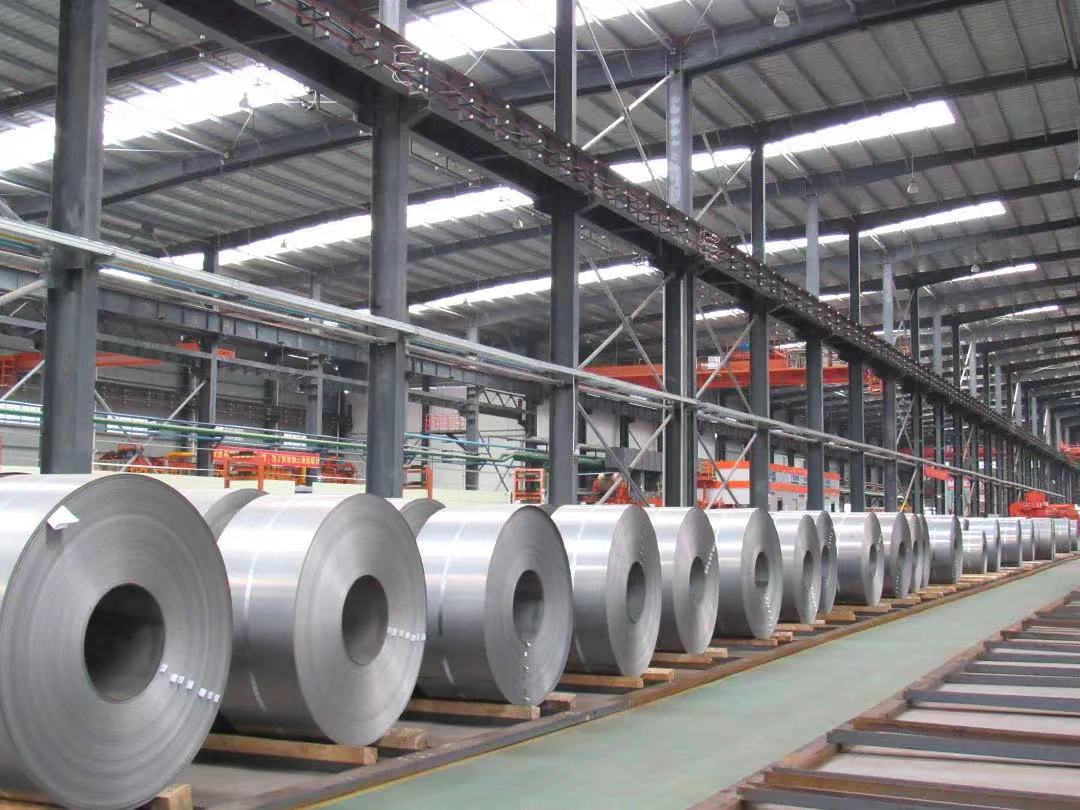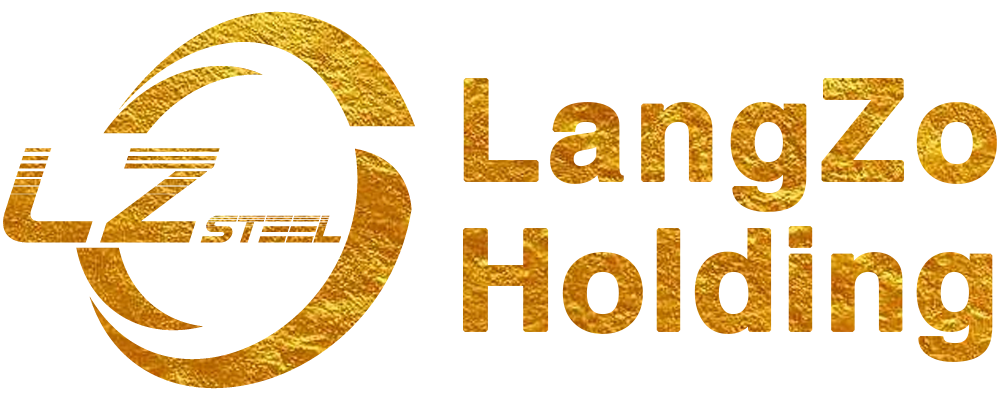
Galvanized steel sheets are widely used in construction, industrial applications, and various other sectors due to their excellent corrosion resistance and durability. However, to maximize the benefits of galvanized steel sheets, special attention must be paid to several critical factors during the installation process. Proper installation not only ensures the material performs optimally but also extends its service life and maintains aesthetic quality. Below is a comprehensive guide on the key considerations when installing galvanized steel sheets.
1. Pre-Installation Preparation
Material Inspection: Before installation, it is crucial to conduct a thorough inspection of the galvanized steel sheets. This includes checking for surface defects such as scratches, zinc layer peeling, or uneven surfaces. Such imperfections can compromise the steel’s protective properties and aesthetic appearance, diminishing its performance and longevity. Additionally, verifying the specifications and dimensions of the steel sheets, such as thickness and size, is essential to ensure they meet the design requirements and contribute to the stability of the entire structure.
Tool Preparation: Selecting and preparing the appropriate tools for the installation is vital for efficiency and accuracy. Common tools include electric screwdrivers, rivet guns, wrenches, and more. Ensure that the tools are in good working condition and calibrated properly before use. Using the right tools will help complete the installation smoothly and avoid potential quality issues or delays.
2. Environmental Control
Cleanliness: The installation environment must be clean and free from dust, debris, or corrosive substances. Dust particles can adhere to the galvanized surface, making it difficult to clean later and impacting the overall appearance of the finished structure. Corrosive chemicals, such as acids or alkalis, can damage the zinc coating and undermine the corrosion-resistant properties of the steel sheet. Therefore, the installation area should be kept free of contaminants that could negatively affect the steel’s performance.
Temperature and Humidity: While galvanized steel sheets have a wide range of adaptability, extreme temperature and humidity conditions can hinder the installation process. In environments with high humidity, condensation can form on the steel’s surface, which may interfere with the adhesion of sealants or adhesives, leading to potential gaps or sealing failures. On the other hand, excessively low temperatures can cause adhesives to thicken, making it harder to apply them effectively. It’s essential to perform the installation in a controlled environment with optimal temperature and humidity levels.
3. Installation Process
Handling and Transport: For large or heavy galvanized sheets, proper lifting equipment and techniques are necessary to avoid deformation. Always ensure that the lifting points are appropriately positioned on the sheets to prevent damage during transport. When moving the sheets, handle them gently to avoid impact with hard surfaces that could compromise the integrity of the zinc coating.
Fixing Methods: Choosing the right fixing method is critical for ensuring the galvanized sheets are securely attached. Common methods include using screws or rivets. When using screws, ensure the length is appropriate—not too long to penetrate the opposite side and affect its flatness, and not too short to provide inadequate support. The screw spacing should be consistent with the design specifications to maintain stability. For rivets, check the quality and strength of the rivets to avoid loosening over time.
Sealing: After installation, attention must be given to sealing any gaps or joints between the galvanized sheets. Use high-quality sealant to prevent water, air, or contaminants from entering. The application of the sealant should be smooth and uniform to enhance the overall protection against the elements. Inconsistent or incomplete sealing can lead to performance issues later on.
4. Post-Installation Inspection and Maintenance
Quality Check: After installation, conduct a thorough inspection to ensure there are no loose panels, inadequate seals, or visible defects. Any issues detected should be addressed immediately to meet quality standards. Ensuring that the galvanized sheets are properly installed helps maintain their durability and effectiveness over time.
Regular Maintenance: Once the galvanized sheets are installed, periodic inspections are essential to ensure their continued performance. Regularly clean the surface to remove dust, dirt, and other contaminants. Pay attention to the condition of the zinc coating; if there are signs of damage, repairs should be made promptly to maintain the sheet’s corrosion resistance and structural integrity.
Conclusion
Proper installation of galvanized steel sheets is critical to ensuring they function as intended in construction and industrial applications. By focusing on material quality, environmental conditions, correct handling and fixing methods, and thorough post-installation checks, you can optimize the performance and longevity of galvanized steel. This careful attention to detail guarantees that galvanized sheets will continue to provide robust protection and aesthetic appeal for years to come.





